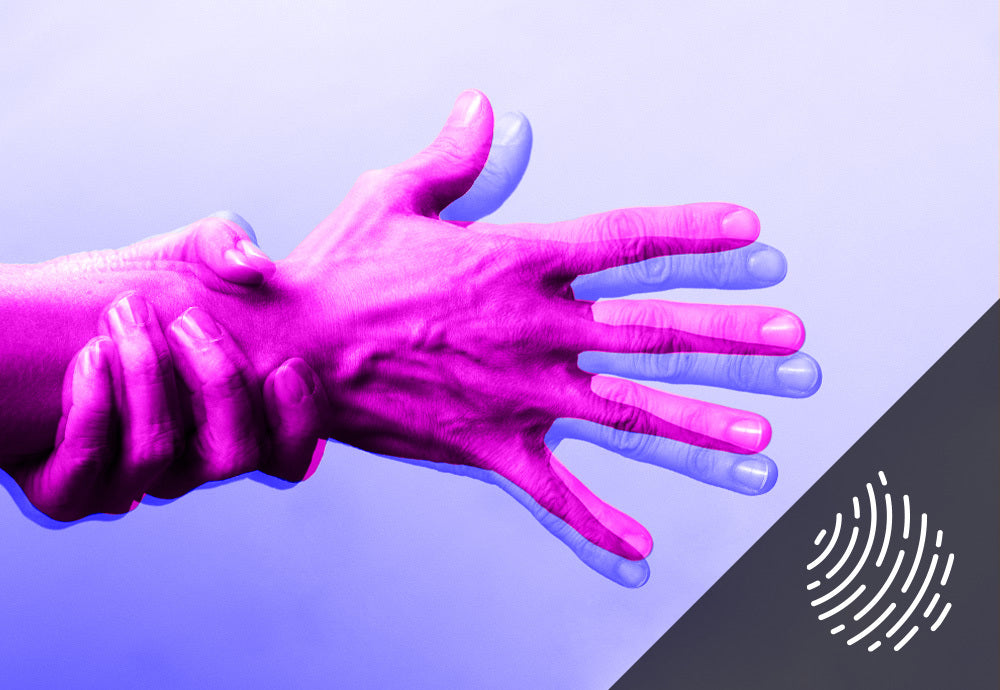Your Cart is Empty
FREE SHIPPING ON ORDERS $70+ | SATISFACTION GUARANTEED
CBD oil can be a great investment in your pet’s health and wellbeing, but how can you tell if it’s paying off?
Unless you have some special Dr. Dolittle training, you can’t exactly chat with Fifi or Fido to learn how she or he is feeling since you started adding those drops into the mix.
To measure the success of your pet’s CBD regimen, you need three things:
We’re covering all this further down the page in the form of helpful tips and a customizable quiz, plus some pointers for getting the most out of your pet’s CBD oil.

We’re going to pull back the leash for a minute in case you want to know what happens after your pet’s furry body consumes CBD. This is your intro to those inner mechanics.
CBD is the nickname for cannabidiol. This cannabis compound is part of the family of plant-based cannabinoids.
All critters with a spine — humans, cats, dogs, horses, etc. — have a system called the endocannabinoid system (ECS), which is how cannabinoids like CBD interact with the body.
The ECS has natural cannabinoids that are believed to play a significant role in regulating the body in different ways, controlling things like appetite, sleep, mood, and immune responses such as inflammation.(1) The ECS can become unbalanced and lead to health challenges.(2)
When CBD comes in, it appears to help the ECS do a better job, resulting in things like:(3)
As humans, we can often notice the subtle or significant changes CBD oil has on us. But for those who don’t speak canine or feline, we need to keep tabs on the outcomes our pets experience.
Just getting started with CBD for your dog or cat? Find all the resources you need under theCBD For Pets section here on our blog.
Sometimes it’s clear when something is wrong with your pet. It might refuse its food, keep you up at night, or chew at hot spots. We account for all these things — and the less obvious signs something might be bothering your animal companion — in this customizable quiz.
Below you’ll find sections of mini-quizzes based on common reasons you might be giving your cat or dog CBD, plus an overall health check-in. Feel free to mix and match these questions based on your fur child’s unique situation and skip over those that don’t pertain to your sitch.
Arthritis, injuries, and surgeries can cause your fluffball to be in pain and lead to stiffness, lethargy, and overall bad cat or dog behavior. You can use these questions as guideposts to determine whether or not the CBD is helping with these symptoms.
If any or all of these things are better than they were before starting the CBD regimen, yay! That’s a sign that it’s helping with your pet’s pain and inflammation.
Separation anxiety and other forms of anxiety tend to make dogs edgy, which might cause them to chew up furniture, growl, or be territorial. Cats tend to vocalize, destroy things, and hide. Some pets might also experience a change in appetite or have digestive issues when they become stressed.
Keeping in mind that all pets have their own ways of expressing their moods, it doesn’t hurt to ask:
Is your pet’s attitude making less of an appearance, and does it seem at ease? Keep on doing what you’re doing.
Just like in humans, allergies can show up in a number of ways in cats and dogs. Changes to skin, digestion, and respiratory health are common signs. Monitor these things by asking:
Allergies can be or become serious. So make sure your vet’s in the loop on your observations and the CBD products you’re using to help manage the symptoms.
When it comes to your pet’s health, don’t forget about the basics. Things like its eating habits, sleep, and energy can tell you a lot about how it’s feeling.
When all of the above are going well for your furry friend, it’s probably feeling good.
We just covered a lot of ground — which is a great reminder to write it all down!
Don’t leave it up to your noggin’ to keep track of every nuance of your furry friend’s behavior and symptoms. Do yourself and your pet a favor. Dedicate a notebook for tracking changes and improvements, along with dosage information.
Here are the basics of what to jot down in your handy-dandy notebook.
It does take some dedication to keep track of all these deets, but you’ll be glad you did when you’re clear on what helps your pet feel better.
After you go through the process of sniffing out a high-quality CBD oil for your pet and incorporating it into the routine — it can be frustrating to not see any fruits from your labor.
The good news is that there are things you can do to troubleshoot, like:
Pup quiz time! After making these changes, you’ll write them down in your….
That’s right! Your pet CBD logbook.
When your pet’s health needs a helping paw, CBD might be a part of the solution. Keeping tabs on your pet’s behavior and symptoms gives you valuable insights into whether the CBD regimen is working.
If you aren’t seeing results, you can try adjusting the dosage, changing the dose schedule, or trying a more bioavailable CBD oil product.
With time, patience, and observation, you’ll gather enough information to train your pet’s CBD plan into obedience — so your beloved animal gets the most benefit.
References

The cannabis compound CBD has been popping up in Parkinson’s disease (PD) therapy and prevention conversations, propelled by success stories from p...
Read More
CBD is one of the most popular supplements on the market today. But you're a savvy consumer. You know just because something is popular doesn’t mea...
Read More
You know delta-8 as "weed-lite" or the "chillest of the cannabinoids." But what about all the potential health benefits of this unique compound? Wh...
Read More